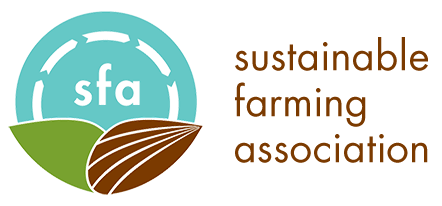Solberg on Soil: The Basics of Creating Wildlife Habitat
Creating wildlife habitat is often cited among landowners and farmers as a reason to alter management on their land, including moving to a focus on soil health. For some species generalists such as deer, downy woodpeckers and Canada geese, this is easy as they can thrive in suburban areas, golf courses and parks as well as on farms and in wilderness areas. However, species like sharp-tailed grouse, canvasbacks and bobolinks have more specific habitat requirements and are often those in the greatest need of our help.
So, what is “wildlife habitat?” Is there “one-size-fits-all”? This blog from Practical Farmers of Iowa provides an introductory overview of habitat needs and what farmers and landowners can offer on their property.
- New producers come to SFA all the time with a growing interest in small ruminant production, and the two big management hurdles to successfully raising small ruminants are internal parasites and predators. This article can help with the parasite issue.
- Take a deeper dig into Dr. David Hooker’s economic assessment of including small grains in the corn-soybean rotation in this article.
- More evidence that matching the animal to the environment helps profitability is here.
- An excellent visual on the impact of continuous vs. managed grazing – in time lapse video.

